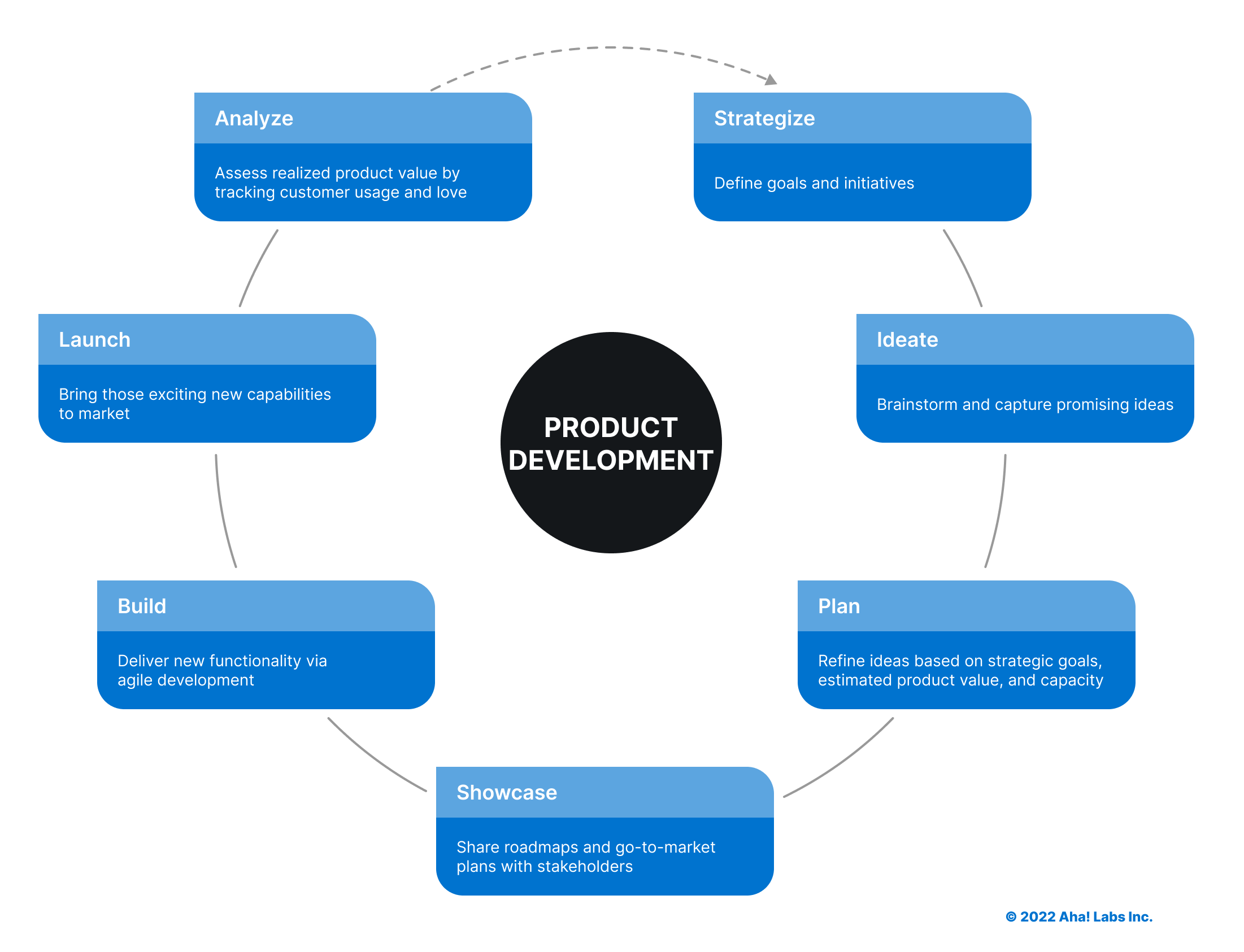The Next Phase of Production: Beyond Chinese Dominance
In recent years, the manufacturing landscape worldwide is shifting, causing numerous businesses to reconsider their dependence on China as a primary production hub. Even though China has long been known as the world's factory, providing exceptional production scale and efficiency, several elements are driving the need to consider alternative manufacturing destinations. Issues such as rising labor costs, supply chain vulnerabilities, and geopolitical conflicts have raised concerns about the sustainability of keeping such a significant presence in one country.
As businesses manage these obstacles, product design and manufacturing must change to new realities. Companies are searching for methods to diversify their supply chains, enhance resilience, and maintain competitiveness in an always-changing market. By relocating manufacturing from China and investing in different regions, businesses stand to benefit not only from decreased expenses but also from better innovation and collaboration in product design. The prospects of manufacturing may very well lie in a more decentralized model, one that capitalizes on a global network of resources and capabilities.
New Production Technologies
The shift from China in production is driven by the growth of new technologies that improve manufacturing efficiency and flexibility. Breakthroughs in automation, particularly the use of robotics and artificial intelligence, are allowing companies to reduce dependence on low-cost labor markets. Automation not only accelerates production processes but also improves accuracy and lowers mistakes, making it a desirable solution for businesses looking to optimize their operations.
Additive manufacturing is another method that is transforming the manufacturing landscape. This additive manufacturing approach allows for fast prototyping and the creation of complex designs that traditional methods may find difficult to realize. By leveraging 3D printing, companies can localize production, significantly reduce shipping costs, and decrease lead times. This dispersal of manufacturing could lead to a resurgence of local production hubs in multiple regions outside of China.

Furthermore, advancements in materials science are paving the way for the creation of smart materials with enhanced properties. These materials can adjust to their environment and, when integrated with IoT technology, can enable smarter manufacturing processes. This integration leads to increased efficiency and sustainability, appealing to businesses that are not only focused on cost but also on the impact of their production methods on the ecosystem.
Shifting Global Supply Chains
The shift of moving manufacturing out of China has caused companies to reevaluate their worldwide supply chains. This change is influenced by various factors, including increasing labor costs in China, international tensions, and the need for more resilient supply networks. As businesses seek to diversify their manufacturing locations, they are exploring options in nations like Vietnam. These alternatives not only offer competitive labor costs but also present strategic advantages in terms of closeness to major markets and reduced shipping times.
As companies reassess their product development and manufacturing operations, they are also leveraging advances in technology. move manufacturing out of china as robotics, 3D printing, and virtual replicas make it easier to establish production facilities in regions with lower costs or better logistical benefits. This change enables businesses to shorten lead times and react more quickly to changing consumer demands. Adopting technological advancements allows for a more versatile and effective manufacturing environment that can adapt quickly to industry fluctuations.
The need for eco-friendliness and ethical production is also shaping the realignment of supply chains. Consumers increasingly choose brands that prioritize responsible sourcing and clear practices. By moving manufacturing locally or pouring resources into environmentally friendly facilities, companies can enhance their brand reputation and satisfy the demands of environmentally aware consumers. This evolving landscape presents a distinct opportunity for businesses to rethink their relationships with suppliers and refine their overall product development and manufacturing approaches.
Eco-friendliness in Goods Development
As worldwide awareness of ecological issues expands, eco-consciousness in product design has surfaced as a crucial consideration for producers. By adopting eco-friendly practices, businesses can lessen their ecological footprint while also addressing customer desires for environmentally friendly products. This shift not only supports the planet but can also improve brand standing and client loyalty, making sustainability a distinct advantage in the marketplace.
Designers are now focusing on using sustainable materials and efficient energy processes in production. Breakthroughs such as compostable materials, recycled components, and flexible designs allow for items that can be readily repaired, enhanced, or recycled. By focusing on these features, producers can create products that reduce waste and support a sustainable economy. This method helps businesses align with current regulations and standards aimed at mitigating environmental impact.
Additionally, relocating manufacturing from regions with more relaxed environmental regulations, such as developing countries, to countries emphasizing sustainability can provide significant benefits. Companies can capitalize on the broadening trend of ethical production, drawing in consumers who appreciate sustainable sourcing and production methods. By making this shift, manufacturers not only assist positively to global sustainability initiatives but can also establish themselves favorably in a quickly changing environment.